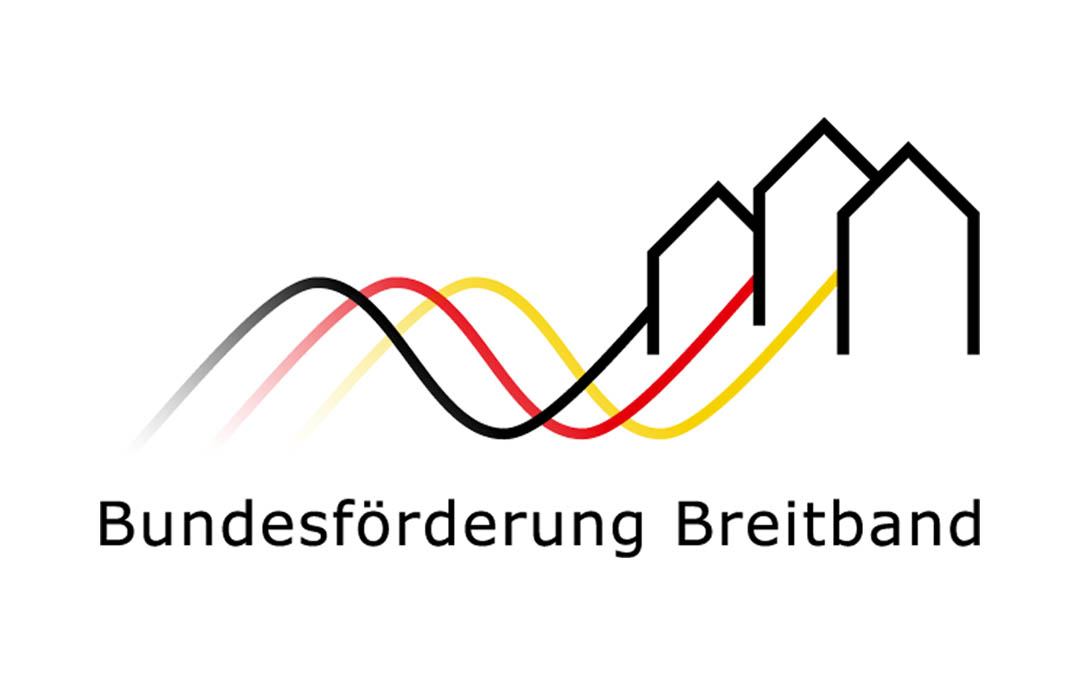With the “Funding to support the gigabit expansion of telecommunications networks in the Federal Republic of Germany”, the Federal Ministry for Digital and Transport (BMDV) is supporting the expansion of the digital infrastructure. A new call for funding will be launched on April 30, 2024 in order to build convergent fiber optic networks that also meet the future requirements of the gigabit society. Funding will be provided for connections where no private-sector expansion is foreseeable. The further development of the funding guideline includes some changes to optimize the expansion and funding. Find out more HERE.
Industry dialog and points compass
The federal project management agencies provide a points compass that can be used by local authorities to determine the expected number of points for a funding application under the new call. Based on this score, the points compass provides an initial assessment of the chances of success of a potential funding application. The assessment of the points compass can be strengthened by current data on the development status of the potential funding area. This data can be determined relatively easily, e.g. in the sector dialog.
You can find out more about the industry dialog and the points compass HERE.
New guidelines, new thresholds
The “Framework regulation of the Federal Republic of Germany to support the nationwide roll-out of gigabit networks in gray areas” is the basis under state aid law for the promotion of fixed network expansion in Germany. This framework will be extended taking into account the renewed Broadband Guidelines (Guidelines on State aid for the promotion of broadband networks, Commission Communication 2023/C36/01 of 31.01.2023). In coordination with the EU Commission, the current call for funding will be published on the basis of the current status of the notified framework. Final approval of the framework is expected in the 3rd quarter of 2024.
One change is already certain: there are new thresholds. In future, the thresholds for eligibility will be 300 Mbit/s download and at least 150 Mbit/s upload. Areas in which there are already two networks that provide or are expected to provide at least 100 Mbit/s in download and cable areas that are equipped with at least the Docsis 3.1 standard or whose upgrade to Docsis 3.1 is announced within 12 months are not eligible.
Relevant time horizon in the market exploration procedure (MEV)
The “relevant time horizon” is the period over which the query of a possible private expansion in the market exploration procedure extends. It is a minimum of 3 years and a maximum of 7 years, but must otherwise in future be determined by the municipalities themselves and individually according to the expected duration of the possible subsidized project for each MIP. In future, the MDP must explicitly state that the subsidized network may be used to develop areas adjacent to the subsidized area in the private sector. However, this possibility must be restricted or prohibited vis-à-vis the funded company if certain conditions are met.
Determination of the conditions and prices for open network access
In future, the federal government will be responsible for setting the conditions and prices for open network access, with the involvement of the Federal Network Agency (BNetzA). They must be published on federal internet platforms and specified in the tender documents for the funding projects.
The federal government will provide the conditions and prices for open access to the funded network in good time for the tenders for the new funding projects. The industry dialog, the market exploration procedure and the application for the preliminary funding decision can therefore be carried out. At the same time, the BNetzA will set the access conditions and wholesale prices by the fall of the year.

